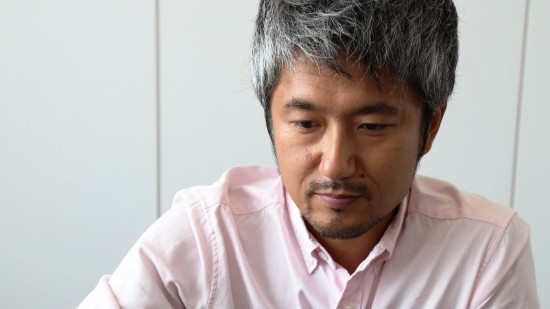Masazumi Imai, the designer of Fujifilm’s X-series cameras, spoke recently about his philosophy and techniques working on the X-T1, which consider heavily the relationship between progression and tradition in design.
“If I want to play my favorite song, I want to choose my favorite guitar,” said Imai in a recent interview, in which he discussed the X-T1. “It’s the same with cameras. If I want to take a photograph of something important to me, I want to choose a special product.”
“Our X design is classic and authentic. I could have chosen an ergonomic style but our X design is completely different. It’s flat and straight and based on ‘good-old-days’ camera style.”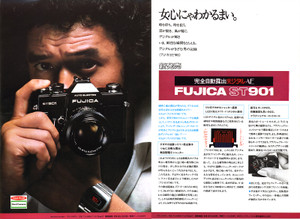
“Late ’70s to ’80s SLRs were very cool to me. The ST901 was very small with a very characteristic finder, so this was very close to the X-T1 concept. Very simple, not so ergonomic — this was the basic inspiration.”
Imai also spoke about the functional aspect of the camera while designing. “Cameras are capturing machines,” said Imai, “but they also express peoples’ minds.”
The question of the return of the center-mounted viewfinder hump, which Imai said was a physical necessity as much as anything else, caused Imai to relate, “We really wanted to break through the barrier of the viewfinder. The EVF is always regarded as something inferior to the OVF, but we really wanted to change that perception.”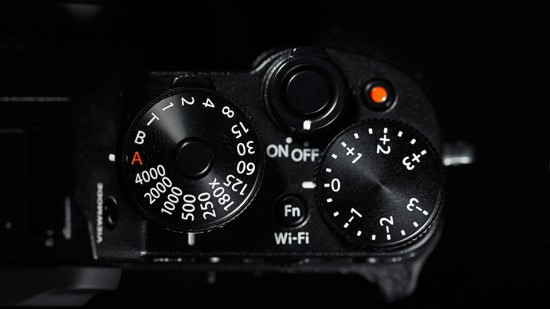
Of the X-series’ dial-heavy control scheme, which Fujifilm believes is a more efficient and enjoyable way to shoot than the abstracted, context-sensitive wheels used by most competitors, Imai said, “The X series is a new combination, the dials and digital. At first, film cameras with dials were common, then it changed to PASM with automatic cameras. Next came digital cameras with PASM that were also automatic. But now, we should be coming back to the standard.”
Imai traced the design shift back to 1985 and Minolta’s Alpha 7000 camera, the first use autofocus and automatic film advance, which designers compare to the shift in automobiles transmission toward automatic.
Imai designed the camera not for everyone. As is expressed on the Finepix X-100 website, “Beyond the praise of a million people, we wanted to design a camera that would be loved by 100,000.”
Imai said, “These are cameras designed to be used manually by people who know what each physical control is for; there are no automatic sports or portrait modes as found on almost all competing models. Nowadays we don’t need special technique, the camera does everything. We think we should go back to basics. The photographer can control the camera, the camera doesn’t control the photographer.”
Imai talked about the question of pleasing everyone. “Basically we asked a lot of professional photographers, and if we asked a hundred people, we’d probably get a hundred different answers. Maybe in the future we can provide some kind of a service where the customer can come to our support center and we can customize that sort of thing. Because there is no perfect answer.”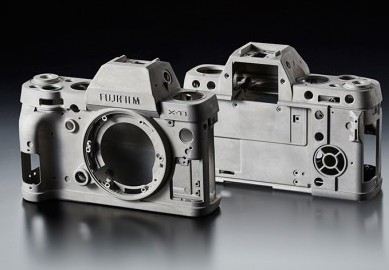
A few design mistakes in the X-T1 were commented on by the designer. The buttons on the back of the camera, flush with the body and bearing little tactile response, Imai said were so designed partly because of the camera’s weather-sealing, and partly because raised buttons can be susceptible to accidental presses. “But it is a little difficult to control — especially the focus point. For example, the movie button — many customers say that this is too easy to press. So that is the kind of thing that we should improve as soon as possible.”
The consideration of the experience of the camera as a familiar and understood tool, or “metaphor”–as it is described on the Finepix site–is something Imai has commented on before. When asked about the Sony RX1 in 2012, Imai said “I think many customers want a bigger sensor with first rate design. Sony’s answer is the RX1. Of course, I like that kind of camera but it is completely different to our series because the design is too modern.‘
On the Finepix X100 site, Imai’s design philosophy is described personally: “We wanted to communicate both the nostalgic ‘vintage’ feeling of the exterior and the authentic cutting-edge qualities inside the camera.”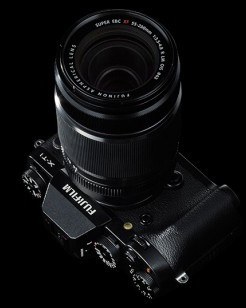
“The aim of the product design team is to inspire people to identify with the product and encourage them to enjoy using it. In the case of the X100, I drew on my own personal experience and tried to imagine how people felt when they first encountered a camera – the sensation when they held it and felt the first stirring of the desire to frame and shoot a photo, and then I aimed to translate this comfortable intimacy inherent to a camera into a concrete design.”
It is a philosophy expressed by others on the X-100 team. “At a glance, anyone knows it’s a tool for taking photos,” according to Kazuhisa Horikiri Design Manager at the X-100 Design Centre. “Anyone who sees it, immediately associates it with capturing high-quality photos.’ The transformation of impressions such as these into a concrete form is where the design team started.”
The design team spent time considering every detail of the camera. One of the most concerning choices was that between real and synthetic leather. “Right up to the end of the design process, the team agonised over the choice between the experience when the material is displayed or touched versus the functionality of long-term use, but on final analysis, the priority on the concept of the camera as ‘a tool for taking photos’ determined the selection of the high practicality of synthetic leather.”
The design team set out to create a question with a question asked at the outset: “What kind of camera would we really want to own?’ The answer was a design that not only meshed with every one of our senses; from the manual operating systems of the viewfinder and other functions to the feel of the body materials, but one that also put a priority on fine details that accented its true nature as a camera and its comfort as a tool.”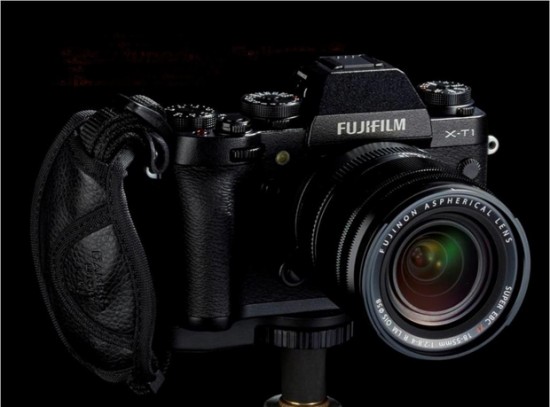
“Our aim has been not to find a generic standard that would appeal to any person around the world, but to focus on people for whom the camera held a special place in their hearts and evoked strong feelings, and to appreciate the lifestyle and the word spread by the owners of such a camera. We have put importance on the interaction (communication) that occurs between the camera and people when they pick a camera up and hold it to their eye, when they operate the aperture ring and dials, when they hear the sound of the shutter, or when it is just adorning a shelf. At such a moment, I am certain that your own unique ‘X100 Story’ will begin.”
By Joseph Reight
Sources:
